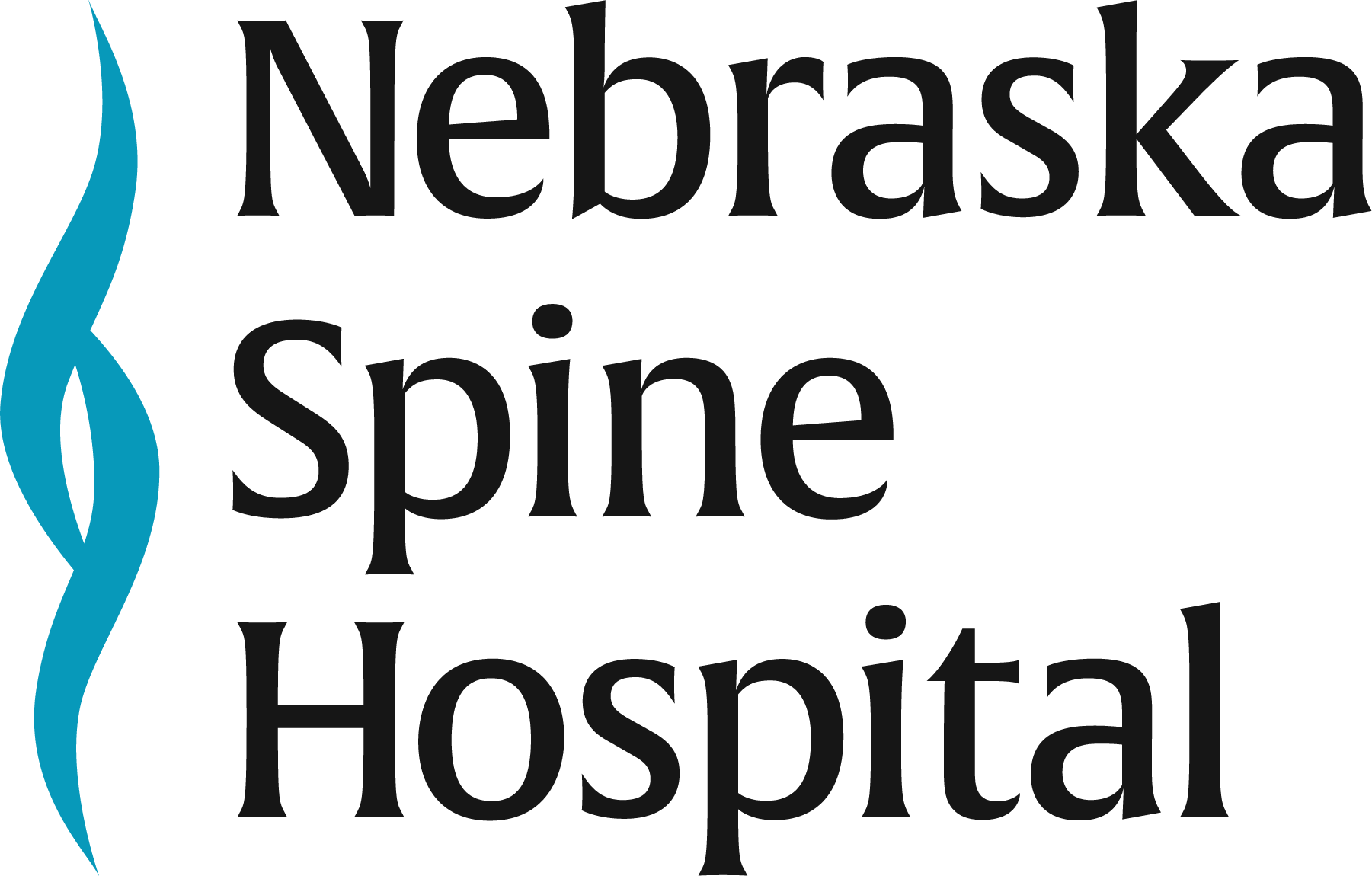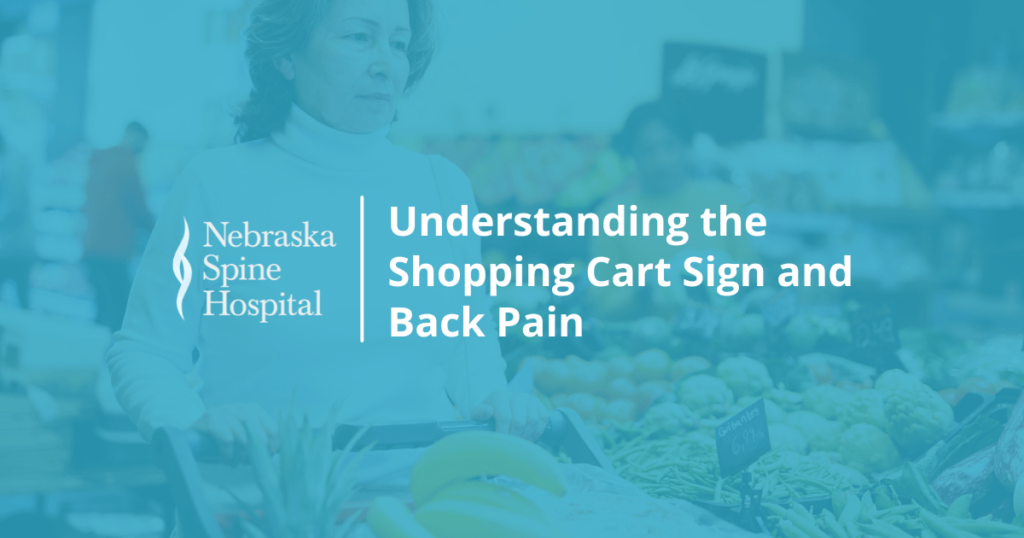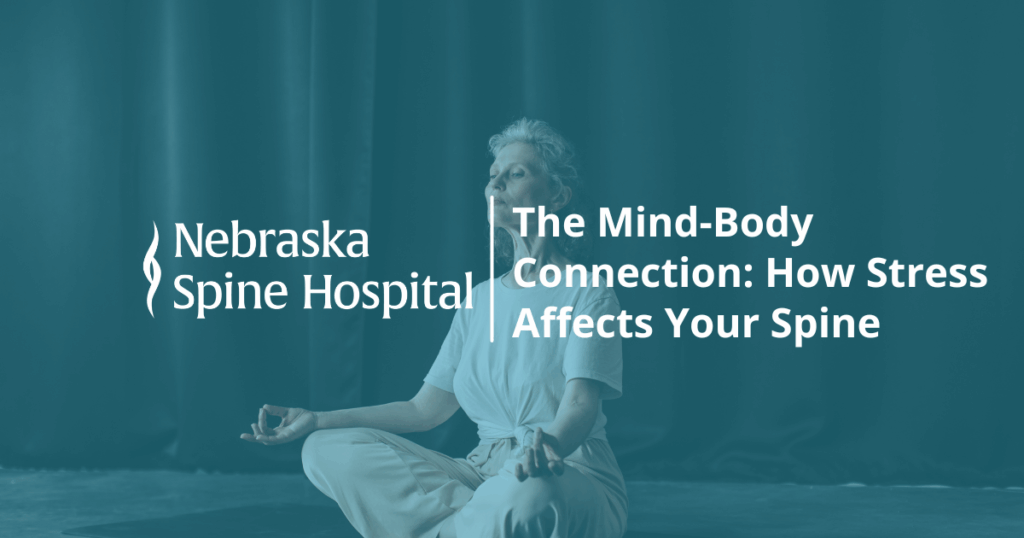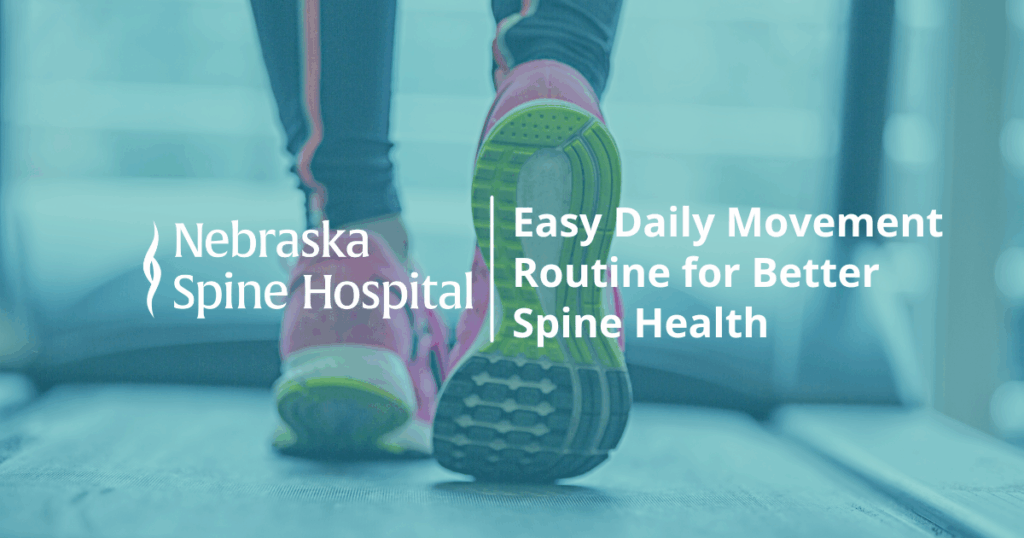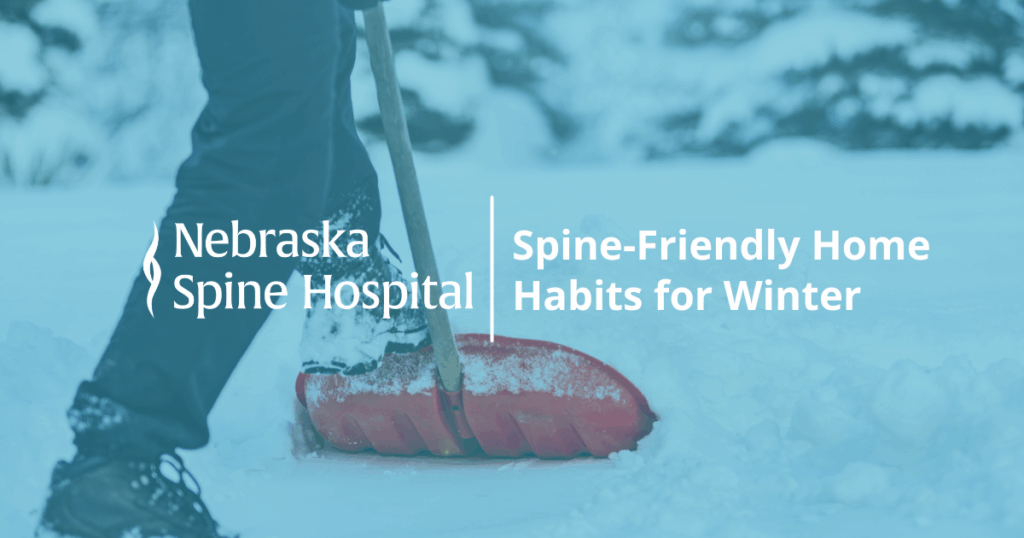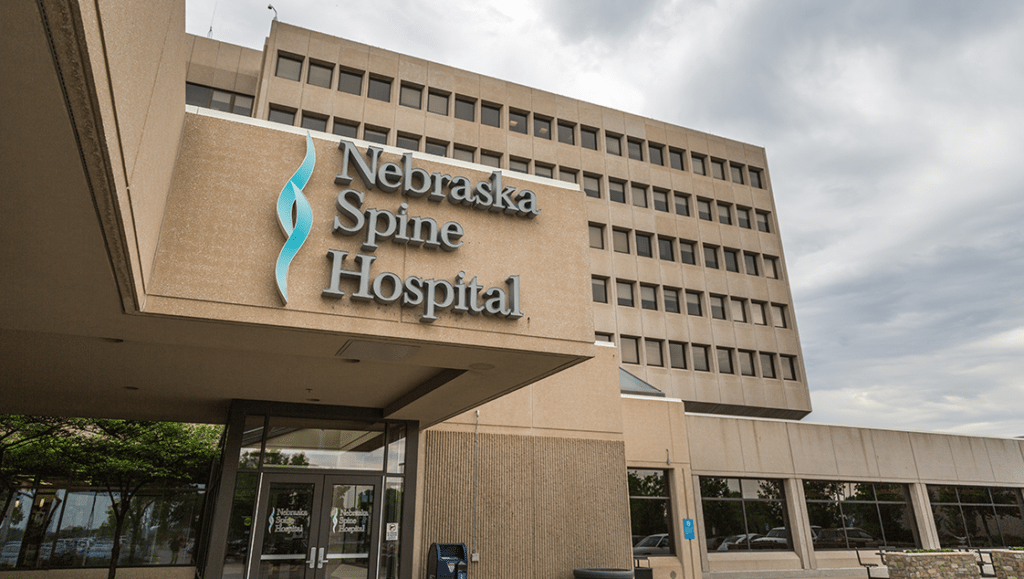Have you ever noticed that leaning over a shopping cart while grocery shopping seems to alleviate your back and leg pain? This phenomenon is commonly referred to as the “Shopping Cart Sign“. At Nebraska Spine Hospital, we strive to educate our patients on the various signs and symptoms that could indicate serious spinal issues. Understanding the Shopping Cart Sign can be crucial for diagnosing conditions like lumbar spinal stenosis and getting the appropriate treatment.
What is the Shopping Cart Sign?
The Shopping Cart Sign is a term used to describe the relief of leg pain and weakness when leaning forward, such as over a shopping cart. This temporary relief occurs because leaning forward opens up the spinal canal, reducing pressure on the nerves. The symptom is often linked to lumbar spinal stenosis, a condition where the spinal canal in the lower back narrows, compressing the nerves.
Connection to Lumbar Spinal Stenosis
Lumbar spinal stenosis is typically caused by degenerative changes in the spine, such as arthritis, disc degeneration, and thickened ligaments. These changes can compress the nerve sac in the lower back, leading to neurogenic claudication. Symptoms of this condition include pain, numbness, tingling, cramping, and weakness in the low back, buttocks, or legs. The Shopping Cart Sign is a key indicator of neurogenic claudication because leaning forward helps to temporarily relieve these symptoms by decompressing the nerve sac.
Symptoms to Watch For
If you experience any of the following symptoms, it may be an indication of lumbar spinal stenosis:
- Lower back pain that improves when bending forward
- Numbness, tingling, or cramping in the legs
- Weakness in the lower extremities
- Pain that radiates from the lower back to the buttocks and legs
Diagnosing Lumbar Spinal Stenosis
Accurate diagnosis is crucial for effective treatment. Medical professionals at Nebraska Spine Hospital can distinguish between neurogenic and vascular claudication through a thorough history, physical examination, and appropriate testing. Imaging tests like X-rays and MRIs are often used to confirm the diagnosis of lumbar spinal stenosis. If vascular causes are suspected, blood pressure readings with ultrasounds may be recommended.
Treatment Options
Treatment for lumbar spinal stenosis often begins with conservative approaches, including:
- Medications: Pain relievers and anti-inflammatory drugs
- Physical Therapy: Exercises to strengthen the back and improve flexibility
- Epidural Steroid Injections: Reducing inflammation and pain around the affected nerves
If conservative treatments fail to provide relief, surgical options may be considered. Lumbar fusions can be highly effective in alleviating the symptoms of spinal stenosis by decompressing the nerve sac and removing arthritic bone and thickened ligaments. Other surgical alternatives include placing a device between the stenotic levels to flex the spine forward, mimicking the relief provided by the Shopping Cart Sign.

